
By Angelo Randaci, Earth’s Ally Horticulturist
Angelo’s passion for plants has led him to explore many areas of horticulture including research, grounds management, technical training, design and nursery management.
The word bonsai describes the art of miniaturizing trees that would normally grow to full size by constricting roots, pruning, and training the branches. Bonsai is a very old practice that started in China over 2,000 years ago when it was called pun-sai or pen-jing. The Japanese adopted this practice about 1,300 years later after Buddhist monks brought the practice of bonsai from China. Bonsai became popular in the United States after World War II when bonsai specimens were brought home by soldiers and immigrants moving to the West Coast from Asia. There are many different styles of bonsai, each one with its own personality.
Bonsai Styles
There are many styles, shapes, and forms of bonsai, all broken into categories. The basic bonsai categories include:
- Formal and informal upright
- Slanting
- Cascading
- Semi-cascading
While each category has a different look and feel, it is up to you how you want your bonsai to look. There is no need to adhere to any strict styling rules, but the styles can serve as basic guidelines, open to personal interpretation. A ficus formal or informal upright style bonsai is a good place to start and the basics of bonsai will be outlined here.
Formal and Informal Bonsai Styles for Ficus
Formal Upright Ficus Bonsai
This bonsai style mimics the natural growth of the tree selected. The general look should appear balanced, although not perfectly symmetrical. The trunk should be fairly straight with branches all around the trunk and have a taper similar to a tree in nature. This is one of the easiest styles for the beginner.
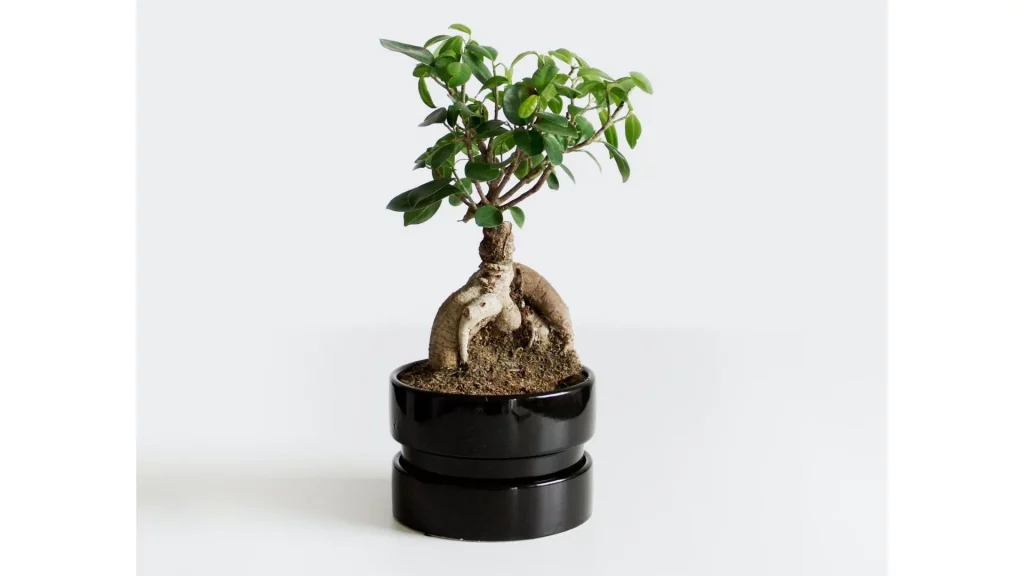
Informal Upright Ficus Bonsai
The informal upright style mimics a more common form seen in nature. These trees may have a twist or turn from natural environmental conditions that exist in nature. The informal upright style is commonly used for Ficus although other styles will work as well.
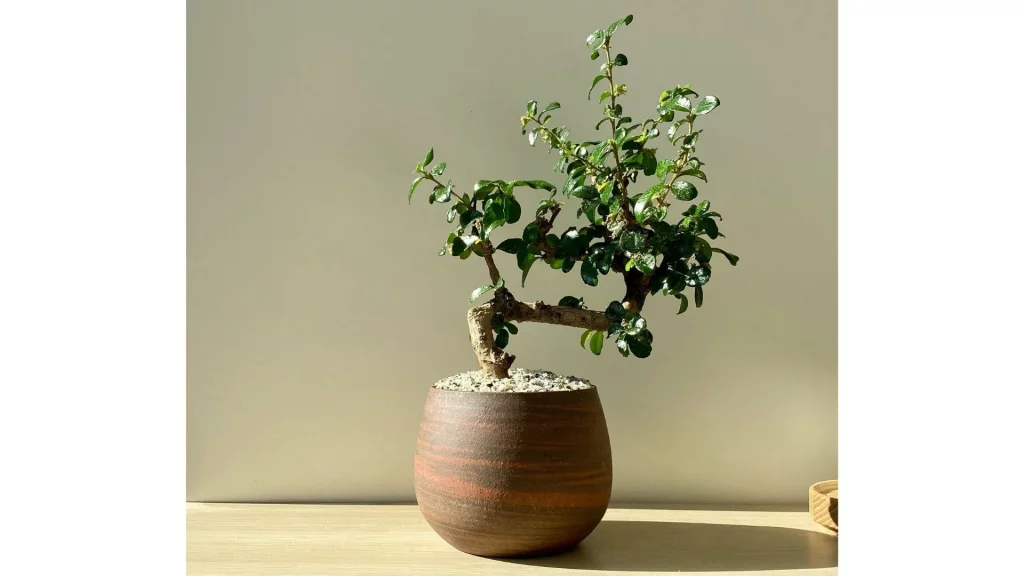
Ficus Bonsai Tree
Ficus bonsai varieties
Some of the most common species of ficus used for bonsai are:
- Ficus benjamina
- Ficus religiosa
- Ficus benghalensis
- Ficus retusa
- Ficus salicifolia
The information given here will work for any of these varieties.
Ficus benjamina
This is one of the most common species used and one of the best choices for the beginner bonsai grower. It has an umbrella-like canopy with branches that grow downward. The surface roots become a focal point as they mature and draw attention to the trunk of the tree. It is also one of the easiest to find at your local garden center or online. Ficus benjamina is fast-growing and easy to train as a bonsai. It is available in green and variegated forms. Ficus trees are low maintenance, easy to train, easy to prune, and somewhat tolerant to over and or underwatering. They will grow indoors and keep their leaves year-round because they do not go through a dormancy period.
Choosing an Upright Ficus Bonsai Tree
Your choices are to either buy a bonsai that has already been pruned and shaped, create your own from a stock plant purchased at your local nursery, or from an online bonsai dealer. Bonsai kits are available as well.
Caring for an Already Trained Upright Ficus Bonsai Tree
You may wish to purchase a ready-made bonsai to get a feel for bonsai training and care. Small bonsais are inexpensive but the bigger and older the plant, the higher the price. Choose a plant that has a well-shaped trunk, an even distribution of branches, and exhibits your preference for symmetry, balance, and proportion. Leaves should look healthy with no discoloration. Check the container for any damage and make sure there are drainage holes in the bottom.
Bonsai Tree Location
Ficus bonsai are strictly indoor plants unless you live in a tropical or semi-tropical climate. Place your bonsai where it will receive bright indirect light. Direct morning sun is preferable but avoid afternoon sunlight because it may burn the leaves. The key to ficus bonsai placement is to find a spot with bright light, out of drafts, and where it will not be exposed to drastic changes in temperature.
Best Potting Mix for Bonsai
Bonsai plants require soil that retains some water but is well drained. Mixes specially formulated for growing bonsais allow water to drain quickly while aerating the soil and promoting even watering.
Watering a Bonsai
Ficus plants are forgiving when it comes to watering, but like to dry out slightly between waterings (but never totally dry for extended periods). Check the soil daily by sticking your finger about ⅕-1” into the soil. If the soil feels dry, it is time to water your plant. As a general rule, water when the top third of the soil is dry. You will become more proficient with practice. Your plant will need less water during the winter months, depending on the amount of light it receives. When you do water, completely saturate the soil with lukewarm water because Ficus is sensitive to temperature changes. Non-fluoridated water is best.
Pruning and Shaping a Bonsai Tree
Tools
- Sharp scissors and or pruners
- Pliers to cut and bend wires to shape your branches
- Wire to train branches
There are two types of wire that can be used: anodized aluminum and copper. Anodized aluminum is generally used for bonsai with soft trunks and copper wires for thicker trunks. They come in different diameters depending on the size of the branches to be trained.
Bonsai Leaves
After owning your bonsai for a while, you will see lots of new growth. Long branches that have grown 5 to 10 new leaves on long shoots should be pruned back to a couple of leaves to maintain the size and shape of the tree. This will slow down growth and encourage smaller side branches at your pruning cuts.
Bonsai Roots
The object of the art of bonsai is to maintain its small size. This means pruning the roots and repotting your bonsai into the same pot with new soil. Root prune your plant if it has lots of surface roots circling the pot. Another indicator that your bonsai needs repotting is if the root ball is the same shape as the pot when removed. To root prune, remove it from its container and gently comb out the roots with a fork or other tool to ensure minimal damage to the roots. You can remove larger thick roots, but keep the smaller roots with fine root hairs because the smaller roots are more efficient at absorbing water. Trim the roots so that they fit into the container with room for soil. Add a layer of fresh soil to the bottom, place your plant, and add soil. If there are spaces between the roots, use a chopstick to gently work the soil into the spaces, making sure there are no air pockets in the soil. Water thoroughly to saturate the roots and settle the soil.
Wiring for Bonsai
You can use wiring techniques to change the shape of the trunk and the direction of the branches of your tree as long as you are able to bend the branch easily. Begin at the base of the trunk to provide support and work your way up to the branches you wish to train with spirals at 45-degree angles evenly spaced. Make your spirals between leaves. Bend the branches to the desired shapes. Remove the wire when your branch is trained and before the wire digs into it. There are many instructional videos on the web to help guide you through this process.
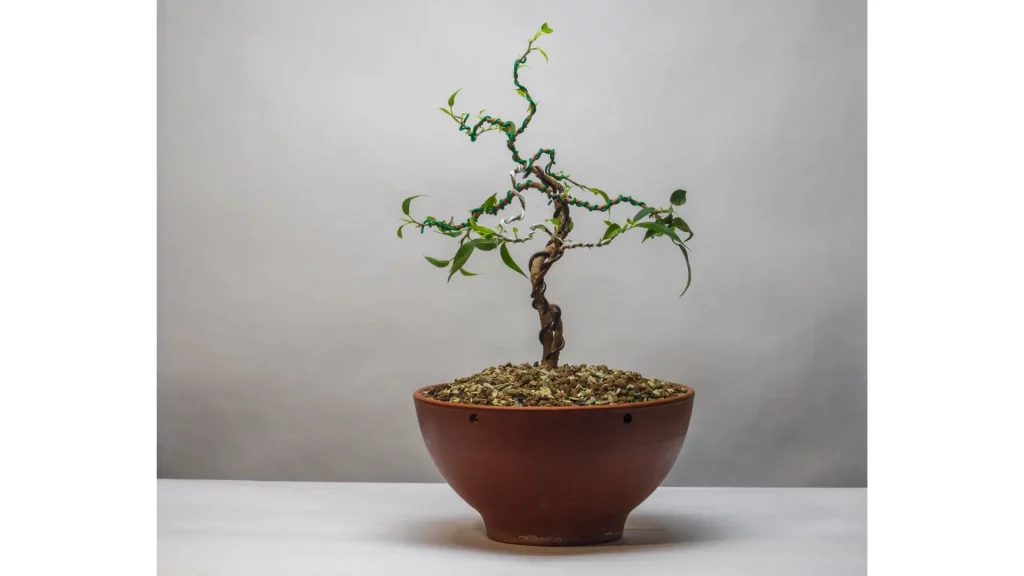
How to Fertilize a Bonsai Tree?
Fertilize a bonsai tree during periods of active growth with a houseplant or bonsai fertilizer. Fertilize once every two weeks during the growing season with an organic liquid fertilizer.
Identifying Bonsai Pests: Insects and Diseases
Scale is a common pest on ficus. Scales have both immature and adult stages. They are easiest to control during the immature (crawling) stage. In the adult stage, the scales are hidden by a protective waxy shell.
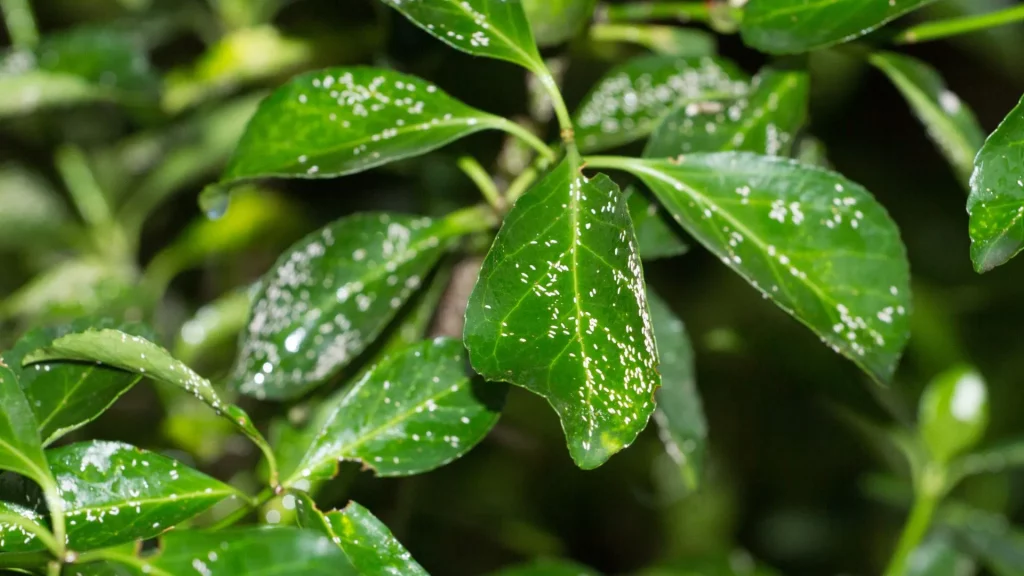
Spider mites may also infest your bonsai. These tiny spiders are best identified using a hand lens although webbing may be visible to the naked eye.
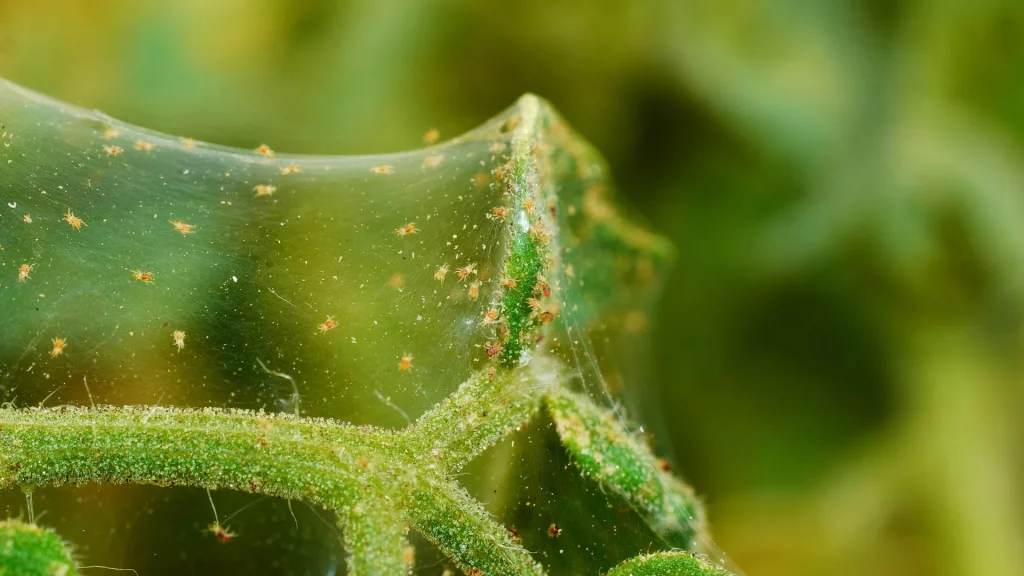
Mealybugs are another common pest on ficus. They appear as whitish cottony masses. They are commonly seen on the undersides of leaves and where stems meet the leaves although they may infest soil as well.
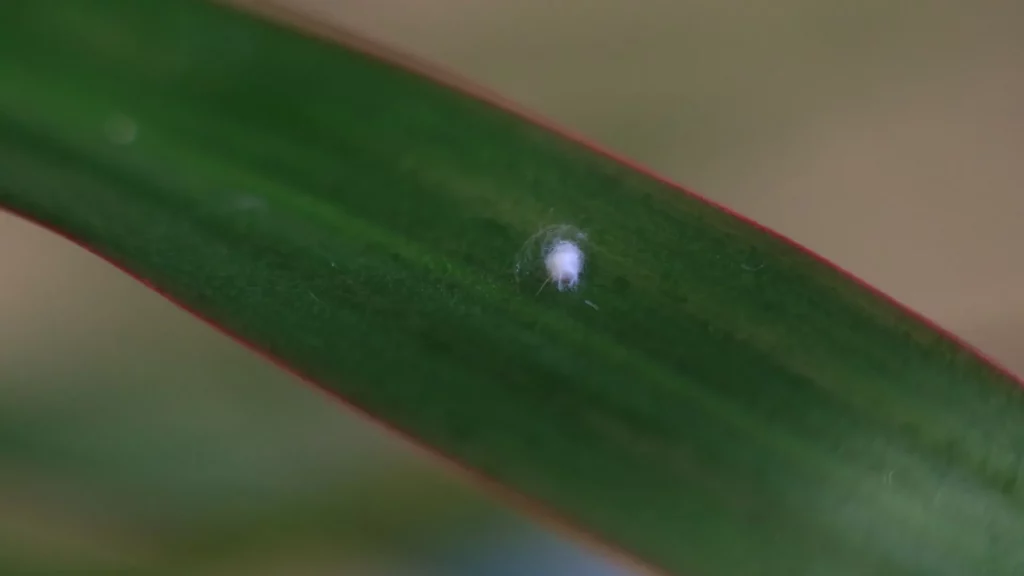
If soft-bodied insects or mites are on your bonsai, we recommend treating it with Earth’s Ally Insect Control. Formulated with botanical oils, it kills and repels pests without heavy oils to keep your bonsai happy and healthy. A FIFRA(25)b formula and OMRI Listed® for organic gardening, it’s safe for people and pets when used as directed. Furthermore, it’s proven Bee Safe® through independent testing. To treat an established infestation, apply every 3-5 days. Alternatively, apply preventatively once a week.
Bonsai Leaf Drop and Root Rot
Ficus will drop their leaves if the soil is either too wet or too dry. Drafts or changes in temperature can cause leaf dropping as well. If the soil is too wet, let it dry out before watering again. If too dry, water thoroughly and let it dry out slightly between waterings. They usually grow new leaves in 3-4 weeks.
Root rot can occur if your plant is too moist for long periods. Symptoms include yellowing leaves and stunted growth. You may also see dark coloration on stems at the base of the plant. This may be caused by too little light, which reduces water uptake. Lack of drainage holes in your container or soil that holds too much water may also cause rotting. If you suspect root rot, remove the plant from its pot and inspect the roots. If roots are white or yellowish, your roots are okay. If they are dark and mushy, remove these roots leaving healthy ones. Disturb the soil as little as possible. Clean the container using soapy water to kill off any harmful pathogens. Repot into a smaller container if the root ball has been greatly reduced. It would be beneficial to change the location of your plant to a brighter location and keep your watering on the dryer side.
Curling leaves and brown leaf edges may be signs of either too little water or leaf burn from too much sun.
We’d love to hear how you’re using Earth’s Ally Insect Control. Share your experience and stay connected with the #EarthsAlly community on Facebook, Instagram, and Twitter for access to our latest blog posts, giveaways, and exclusive promotions.
